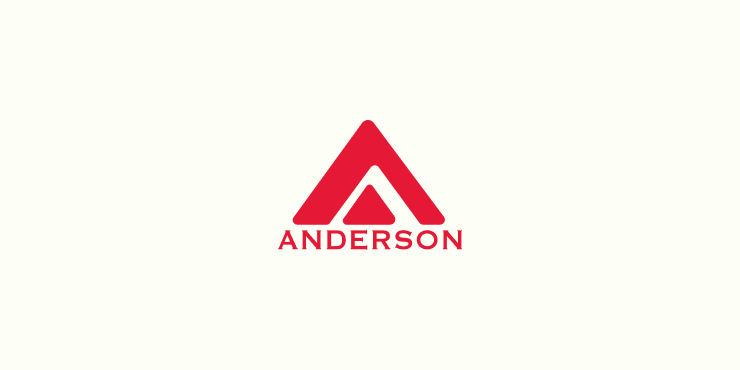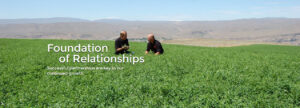 Foals meet most of their nutritional requirements during their first two months of life from mare’s milk. Immediately after birth, foals consume colostrum, which is rich in energy, enzymes, hormones, growth factors, immunoglobulins, and other components that are important for immunity and resistance to disease. In general, mare colostrum contains 25% total solids, 3% fat, 16% protein, and 4.5% lactose on an as-fed basis. Colostrum is produced for a short time period, usually the first 12 hours after foaling. Thereafter, total solids, fat, and protein decrease while lactose increases in mare’s milk.
Foals meet most of their nutritional requirements during their first two months of life from mare’s milk. Immediately after birth, foals consume colostrum, which is rich in energy, enzymes, hormones, growth factors, immunoglobulins, and other components that are important for immunity and resistance to disease. In general, mare colostrum contains 25% total solids, 3% fat, 16% protein, and 4.5% lactose on an as-fed basis. Colostrum is produced for a short time period, usually the first 12 hours after foaling. Thereafter, total solids, fat, and protein decrease while lactose increases in mare’s milk.
The composition and yield of mare’s milk is influenced by several factors, including stage of lactation, mare age, parity (number of times the mare has foaled), breed, body condition score, and nutrition. A mare’s body condition at foaling and plane of nutrition affect the energy content of her milk. Overweight or overfed mares tend to produce foals that grow faster than foals of thin mares. Therefore, it seems that a fat mare at foaling may be desirable. However, research in humans and other animals suggest that maternal nutrition during pregnancy “programs” the metabolism of the fetus, which could lead to subsequent metabolic diseases later in life. For instance, pregnant mares that were fed diets that contained high levels of starch gave birth to foals that had higher concentrations of blood glucose and were less sensitive to insulin than foals from mares fed a low starch diet. Conceivably, foals from mares fed the high-starch diet may be prone to laminitis or equine metabolic syndrome at some point in their lifetimes.
Lactating mares should be fed a diet that is based on high-quality forage, such as alfalfa. In addition to superior protein content, the high calcium content of alfalfa helps meet the calcium demand of lactation. However, phosphorus requirements are also high during lactation, so a supplement should be provided to meet this demand. To ensure optimal milk production, this supplement should also contain protein from sources that are rich in essential amino acids, such as soybean meal, dried milk products, or fish meal. While a high-fiber diet may result in increased milk fat production, this diet may not meet the energy needs of the mare. Fat can be added to the mare’s diet to provide added energy to help maintain her body condition, but the foal’s body condition should be monitored as well. A mare fed a high-fat diet may produce milk that is energy dense, causing a rapid increase in the foal’s growth rate. In some instances, developmental orthopedic disease (DOD) can develop when bone mineral content is decreased in an over-conditioned foal that is growing too rapidly.
Mare’s milk no longer meets a foal’s nutrient requirements after about 2 months of age. At this time, the foal should be given access to a creep feed. In addition to providing extra nutrients, creep feed helps transition the foal from a liquid to a solid diet, reduces weaning stress, controls weight gain and body condition, and prevents rapid growth after weaning; therefore aiding in proper bone development. Creep feed should only be accessible to the foal and should be introduced slowly. Thereafter, creep feed can be offered free choice unless the foal’s body condition or growth rate becomes excessive. Monitor the foal’s body weight on a biweekly basis with an accurate scale or a weight tape that is specific for horses. While daily gain will decrease as the foal ages, the growth curve should be smooth.
In summary, nutritional management of the foal starts before birth with proper nutritional management of the dam. The mare should be fed to support growth of the fetus without becoming overly fat. After foaling, the mare should be fed a diet that supports adequate milk production and composition to meet the needs of the suckling foal. After about 2 months of age, the foal should start consuming a creep feed.
To receive this blog from Anderson Hay in your email, subscribe above on the right.
Reference
Becvarova, I. and V. Buechner-Maxwell. 2012. Feeding the foal for immediate and long-term health. Equine Veterinary Journal. 44(Suppl. 41)149-156.


